ATM S 451: Instruments and Observations |
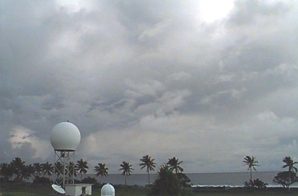 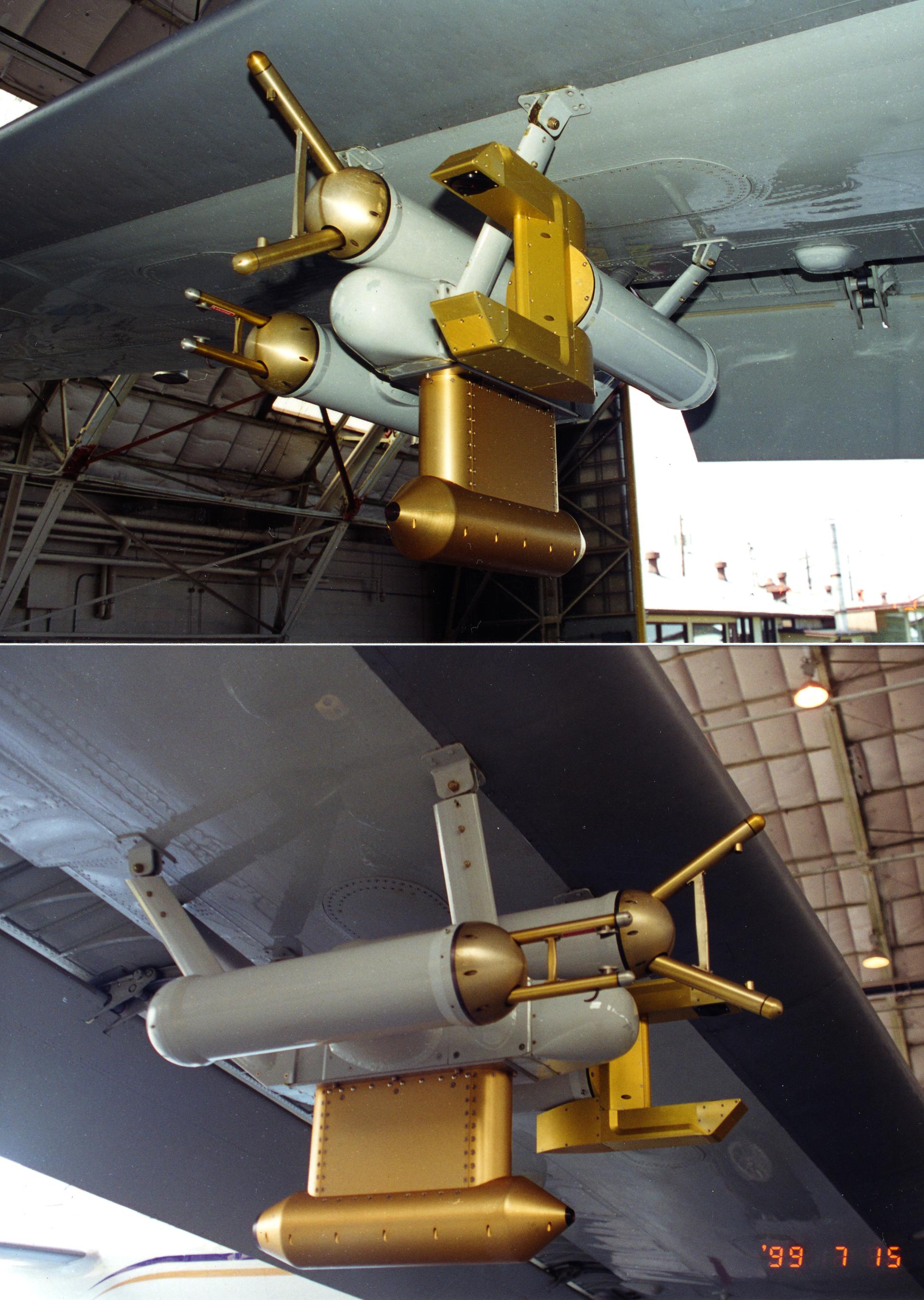 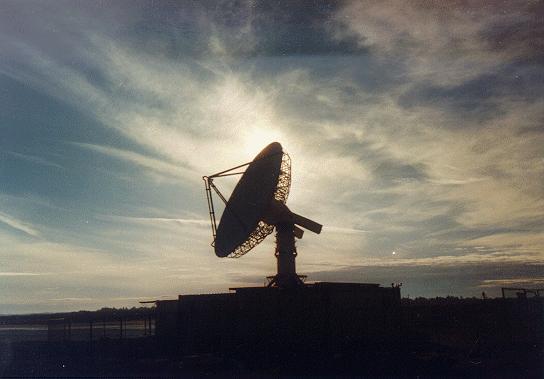 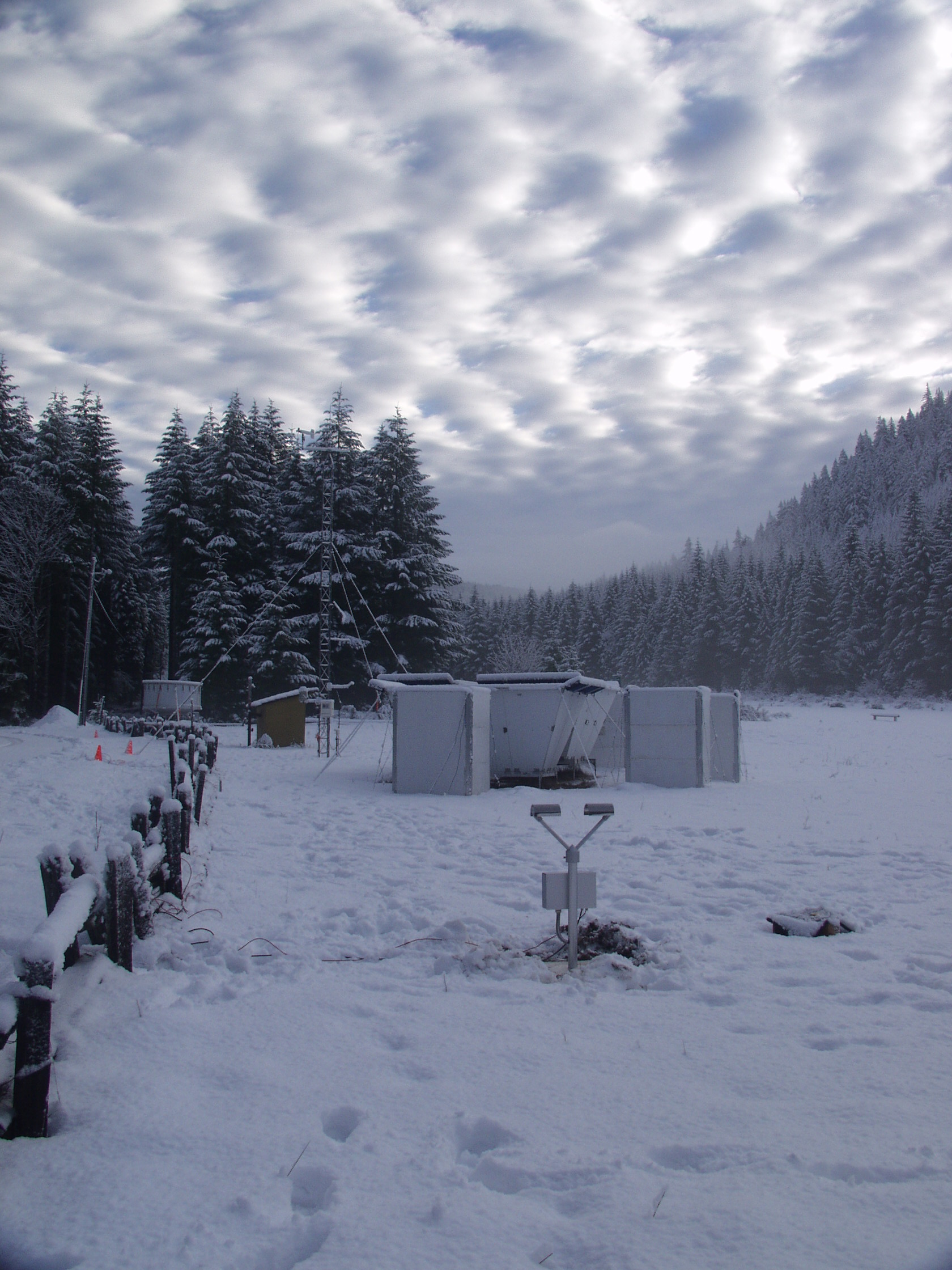 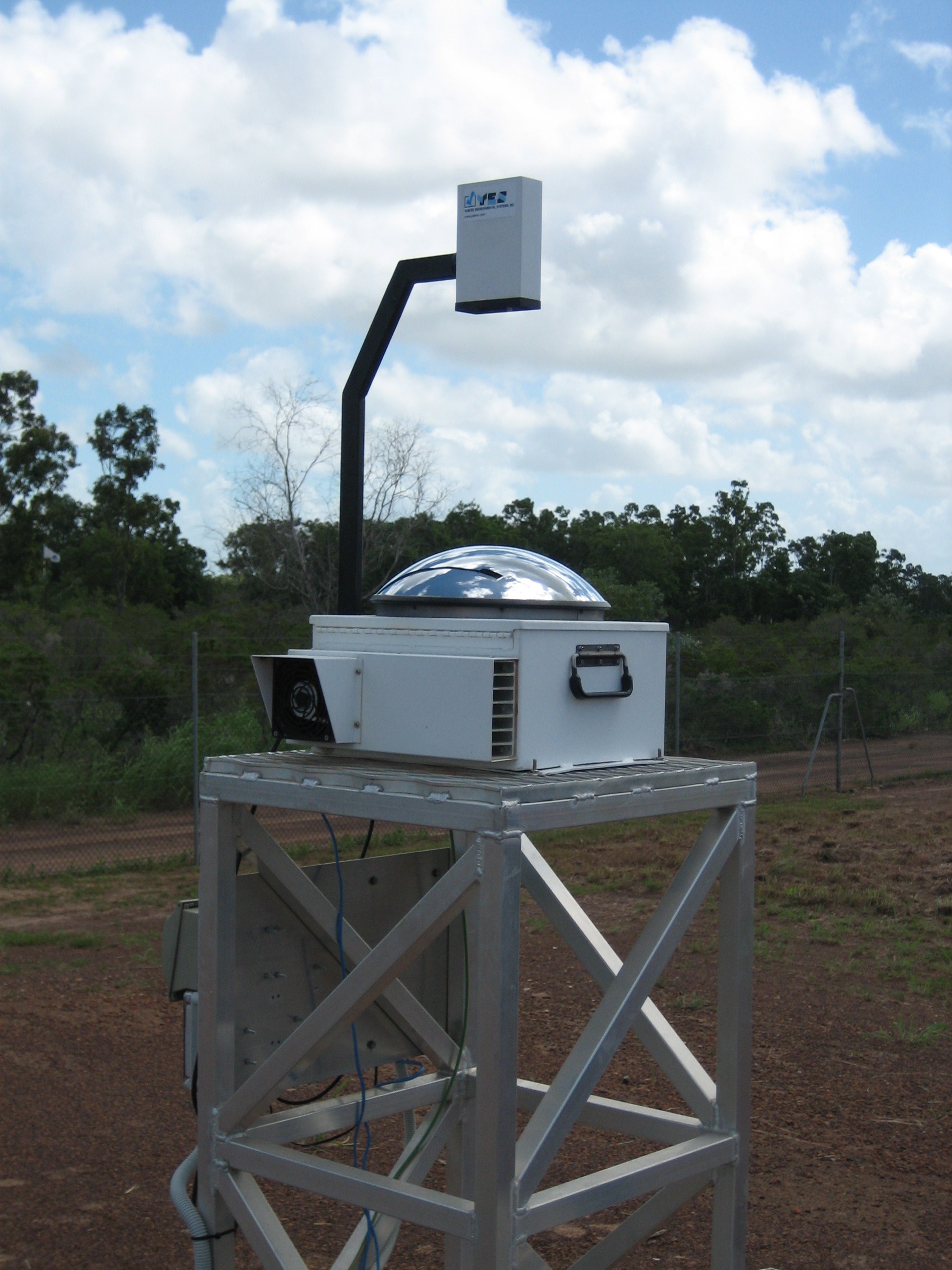 |
Quiz Dates:
Fridays from Jan 15th through
March 11th
(unless otherwise specified)
11:30-11:50
(20 mins each)
Class Schedule and grading scheme [pdf]
Homework Assignment on Satellites and Radar [pdf]
General Information Lectures: MWF 11.30-12.20 (ATG 310c); TTh 10.30-12.20 (ATG 310c unless otherwise posted) Office Hours: Appointments arranged in class or via e-mail: Rob Wood: Joel Thornton: Tools: Lab notebook, available at UBS |
 |
Learning Goals
After completing this class, you will be able to:
- Assess and understand the relevance of good, quantitative observational data
- Experience how such information is obtained, analyzed, and expressed in scientific and technical communications
Topics to be Covered in Course
Introduction/Statistics/Lab Reports/Course expectations: Why observations are important; the usefulness of practical experience; importance of error estimation; how statistics are used to estimate measurement accuracy; populations; simple error propagation and combination of errors; regression and confidence intervals; some simple statistical tests and how/when to use them; the importance of clarity and brevity in report writing; the structure of a scientific report; common mistakes
Temperature measurements and Temperature Laboratory: How is temperature measured? Direct and indirect measurements; concept of calibration; time response; ventilation; laboratory calibration of several different temperature sensors, analysis of data.
Pressure and humidity measurements and Humidity Laboratory: Barometer concepts and instruments; relative and absolute humidity measurement. Importance of calibration. Laboratory calibration and comparison of humidity sensors, analysis of data.
Wind measurement and Wind Tunnel Laboratory: Windfield measurement; vector measurement; different types of anemometer and physical principles involved. Importance of time response; distance constant; sonic anemometry; calibration and comparison of anemometers in the 3x3 wind tunnel, data logging, analysis of time series.
Weather Station Deployment: Choice of sites for deployment; setting up the Davis weather stations; downloading data; importance of instrument support.
Aerosols and Chemistry Laboratory: Measurement of important atmospheric gases (CO, O3); measurements of atmospheric aerosol
Satellite observations: Basic principles; active and passive sensor concepts; EM spectrum, recap of basic radiative transfer; bands used in remote sensing; satellite orbital concepts; orbital parameters; geosynchronous and sunsynchronous orbits; satellite sensors; basic sounding theory; microwave measurements; scatterometry.
Radar remote sensing of precipitation: Basic principles; instrumental set-up; sensitivity; wavelengths used; antenna types/sizes; radar indicators (RHI, PPI, CAPPI); approximate radar equation and what it tells us. Importance of phase (ice/liquid), particle size and shape; doppler radar; practival analysis of radar imagery.
Weather state analysis/project laboratory: Quality control of downloaded datasets; first pass analysis; some basic statistics; identifying project focus; ancillary data.
Class Materials Link to Statistical Tables (Z, student-t, F distribution, Chi-squared) |
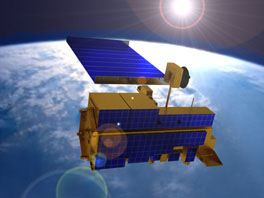 |